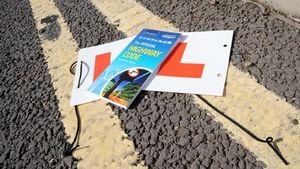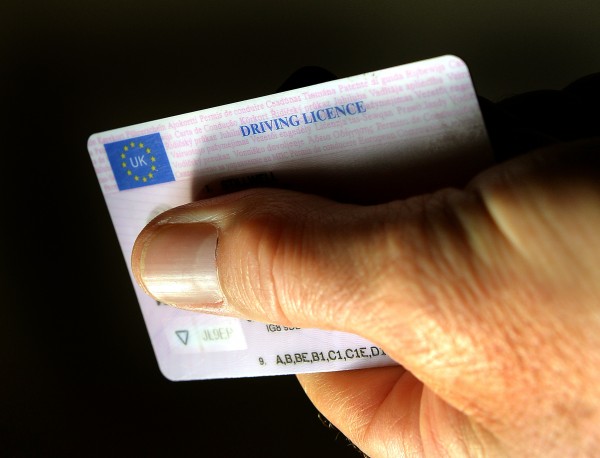How the UK driving test has changed and grown
We take a look back at the 114-year history of the British driving test, charting the key moments decade by decade

Despite the fact that Brits have been driving cars since the late 19th century, the first driving test wasn’t actually introduced until 1903 – and even then it wasn’t compulsory.
In the 114 years since then, the test has gone through a number of changes, with the latest brought into effect today.
Here, we look at some of the key moments in the history of the British driving test, decade by decade.
1930s
1931 saw the introduction of the first edition of the Highway Code, which included advice for both car and motorcycle riders.
In March 1935, voluntary driving tests were introduced to avoid a rush of applicants ahead of the test becoming compulsory in June of that year. Of the 246,000 applicants that sat the new test, 63 per cent passed.

Following the outbreak of World War Two in 1939, driving tests were suspended, with examiners helping out with traffic duties and fuel rationing.
1940s
On November 1, 1946, driving tests resumed after the end of the war the previous year. In 1947, those who had obtained a wartime provisional licence were given a year to have it converted to a full licence without the need to pass the driving test.
1950s
By 1950, the pass rate for the driving test was 50 per cent. In November 1956, testing was once again suspended during the Suez Crisis with examiners once again being placed on fuel rationing duties. The suspension lasted until April 1957.
1960s
From April 1962, those who held more than seven provisional licences were required to sit a driving test. Those who didn’t comply could have further licence applications refused. Two years later, a voluntary register of approved driving instructors (ADIs) was established.
1970s
From 1970, all driving instructors were required to be officially registered. That same year, 3,500 people were prosecuted for driving on forged licences, or for wrongfully attempting to obtain a licence.
A surge in demand for tests between 1972 and 1973 led to a large backlog.
In 1975, arm signals were removed from the driving test, while in 1976 full licences became valid until the age of 70.
1980s
October 1982 saw provisional licences extended to the age of 70, while in 1988 driving tests were conducted under the provisions of the Road Traffic Act of that year.
1990s
Moving into 1990, driving test candidates were given explanations of the errors they made during the examination, as well as suggestions on what they could do to improve.
That same year, new legislation also required that anyone accompanying a learner driver must be at least 21 years old and have held a full driving licence for three years or more.
PassPlus was introduced in late 1995 to help young drivers gain skills and experience (in a safe manner), while a separate written theory test was launched in July 1996. This was done instead of questions asked about the Highway Code during the driving test.
From March 1997, candidates were also required to provide photographic ID for both practical and theory tests. From September that year, waiting times for individuals who failed a test were reintroduced, with candidates having to wait at least 10 days before resitting.
From April 1999, all cars being used for a test were required to be fitted with a front passenger seatbelt, head restraint and rear-view mirror.
The length of the test was extended in May, and a random emergency stop manoeuvre was introduced. Candidates would also be failed if they made 16 or more errors.
2000s
In January 2000, the touchscreen theory test was introduced, while the theory test could be booked online from 2001.
Hazard perception tests were added to the theory test in 2002, and in 2003 “show me” and “tell me” questions were added to the driving practical. These tests could also be booked online from October that year.
In 2007, the number of questions in the theory test was increased from 35 to 50, with the pass mark being set at 43. An updated Highway Code was also published.
2010s
From 2010, candidates were encouraged to bring their instructor to the driving test, and “independent driving” was also introduced, requiring students to drive for 10 minutes while making their own decisions.
In 2014, the use of foreign language voiceovers and interpreters were banned from theory and practical tests to reduce the risk of fraud and to ensure all drivers could read and comprehend the road rules.
December 2017 saw the practical driving test changed, with candidates being required to follow directions from a sat nav. Different reversing manoeuvres were also introduced, as well as the need to answer “show me” questions while driving.





